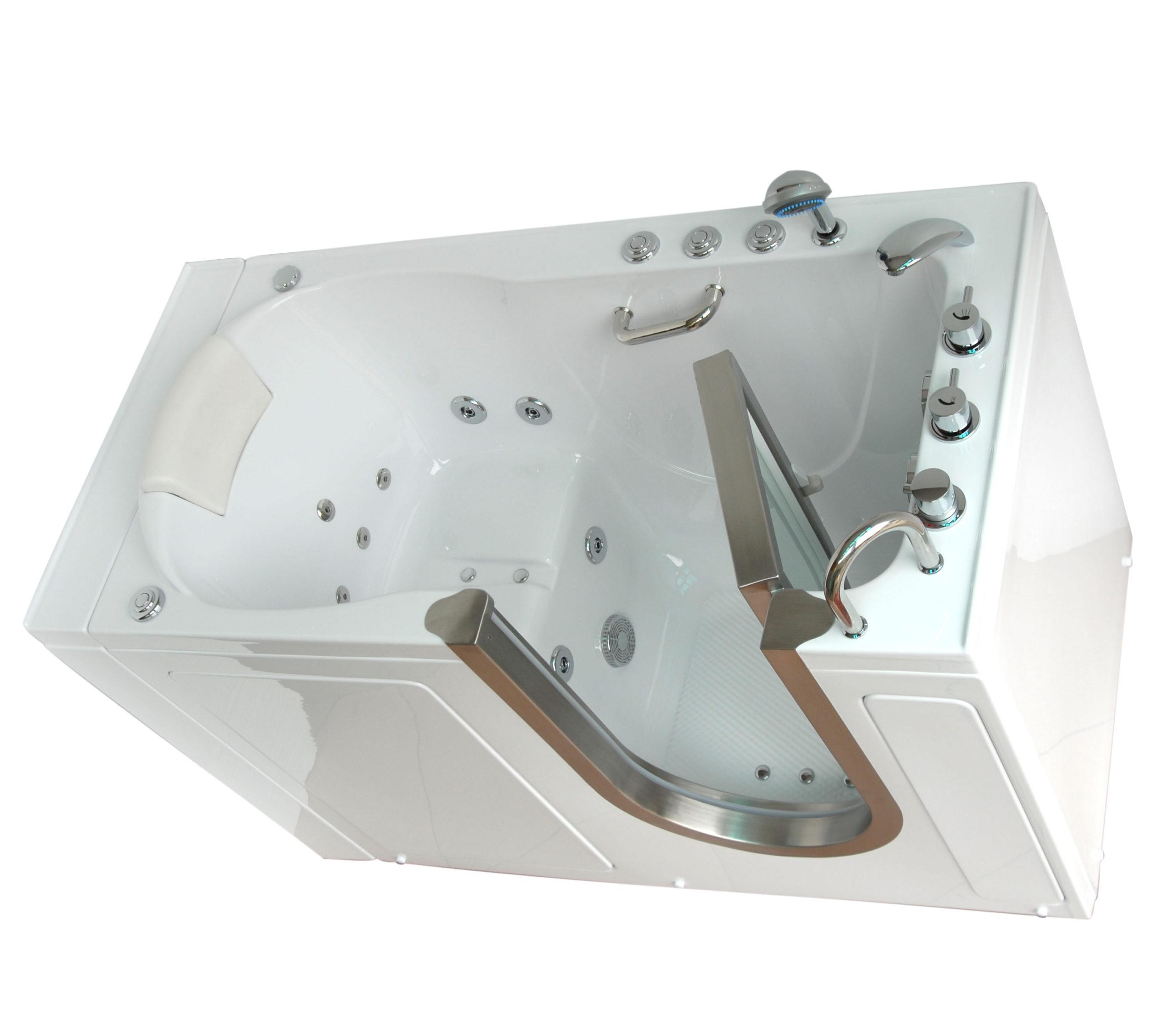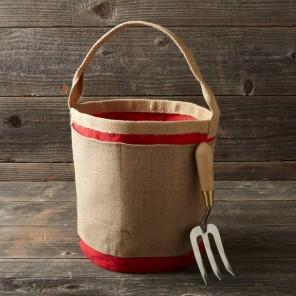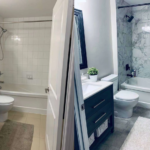Water damage is the most common and expensive insurance claim; it frequently starts out minor but then worsens over time. Getting your house ready for winter is important, but leaks that go unnoticed during the summer can cause a lot of damage if left unattended. Below are practical steps you may take to protect your home and prevent unnecessary water damage.
Clear the Downspouts and Gutter
Waste such as sticks, trash, and leaves can accumulate in guttering systems, obstructing water flow, causing roof leaks and other possible problems. This can be avoided by emptying the gutters, addressing leaks, ensuring appropriate water drainage, and attaching gutter guards to prevent debris from entering.
Cleaning the downspout is also vital for directing water away from your property and preventing puddles and muck from surrounding it; this can be accomplished by utilizing downspout extensions.
Know the Water Main Source
A burst pipe or a broken hose could cause a significant amount of water to flood into your home, and this is not the moment to be searching for the principal water control valve for your home.
You can avoid such a stressful inconvenience by knowing where your home’s control valve is and making sure that every member of your household does too.
If something goes wrong, you may immediately switch off the water supply and prevent major damage to your property. Furthermore, if you’re going to be away from home for an extended period of time, turn off the water just in case.
Inspect Roofs, Appliances and Hoses
Leaky roofs, dishwashers, washing machines, and other appliances often cause water damage. As a result, regular inspection is required to ensure proper operation.
Hoses that are fragile or damaged often leak. Therefore, it is advisable that you inspect them and replace them if they are worn out, chipped, or cracked. The roof should be checked for leaks on a regular basis and fixed or replaced as needed. Remove devices from surfaces often to inspect the surrounding area for leaks and to repair any damage that is discovered.
Check Your Water Charges
Keep a watch on your monthly water bill because water leaks can go undiscovered for a long time, and this could be the first sign that something is amiss.
When the cost of your water bill rises dramatically for no obvious reason, it could indicate that you have a hidden leak somewhere in your home.
Inspect your home’s attic and basement, as well as the bathroom and beneath the sinks. Check to see whether your faucets are dripping slowly. If you are unable to identify the problem, immediately contact a specialist.
Protect Your Basement and Foundation
A musty and moist basement is frequently the result of fissures in the concrete slabs or foundation, which allow water to seep in and cause a buildup of humidity in the basement.
You can use waterproof sealant to reseal your basement by painting it on the floors and walls to leven water from getting in. The experts at https://advanceddamp.co.uk/ suggest that you ensure that water flows away from your home’s foundation by grading the ground properly. If water keeps getting into your home, you can put it in a sump pump.
Set up Water Detection Appliance
If you want to detect hidden water leaks, water detection tools may be just what you need. They have a built-in alarm that goes off when the sensor detects wetness. These can be put near toilets, appliances, sump pumps, and water heaters.
Install Pressure Release Valve
When there is too much water flow, hoses and pipes become stretched. This strain may cause them to crack over time, allowing water into your home. Most home systems can handle water pressures ranging from 40 to 70 psi. Anything above that, especially over 100 psi, can ruin the system; thus, have your water pressure checked by a specialist.
Freezing of water in the pipe due to weather change might cause water pressure to rise; nevertheless, regardless of the source of the pressure rise, your hoses and pipes will be secure if you install an emergency pressure release valve.
Using a caulking gun is often all it takes to keep water from causing damage to your home. Check your kitchen and bathrooms to make sure the seals on your bathtubs, sump pumps, toilets, and sinks are in good shape. If not, replace any missing or damaged caulk and do the same thing around the outer windows and doors.
Take the required steps to avoid water damage. The practical actions outlined above can assist you in avoiding problems that could result in costly repairs and major inconveniences.








